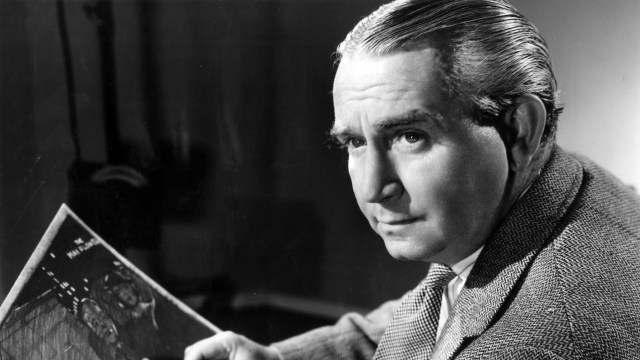The First Detection Of Gravitational Waves Validates Einstein In A Whole New Way!
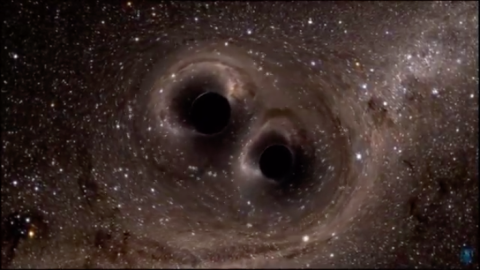
What LIGO’s first signal actually means.
“Ladies and gentlemen, we have detected gravitational waves.” –David Reitze
This morning, the principal investigator of the Laser Interferometer Gravitational-wave Observatory (LIGO), David Reitze, made the big announcement: “Ladies and gentlemen, we have detected gravitational waves.” Some 1.3 billion light years away, two black holes of approximately 30 times the mass of the Sun each merged together, spiraling into one another and becoming one even more massive black hole of approximately 60 solar masses. These black holes and their merger involved some incredibly strong gravitational fields, and involved large masses moving very quickly through those strong fields, creating ripples in the fabric of space itself. After a journey through space at the speed of light, those ripples finally reached our detectors, taking up a tiny fraction of a second only. Yet we were able to detect them, thanks to the LIGO collaboration, and both detectors (in Washington and Louisiana) saw the same signal: one that matched the simulations precisely.
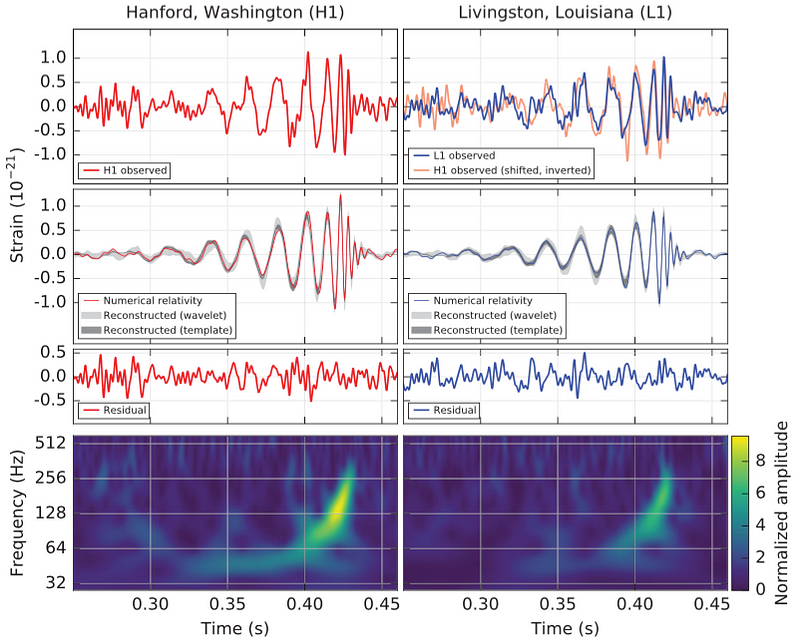
For the 20 milliseconds we saw a signal, there was more power put out in gravitational waves than there was put out by all the stars shining over that time in the entire visible Universe. If we look at the masses of the black holes from before they merged and of the final mass after the merger, we find that they don’t match up. What happened?
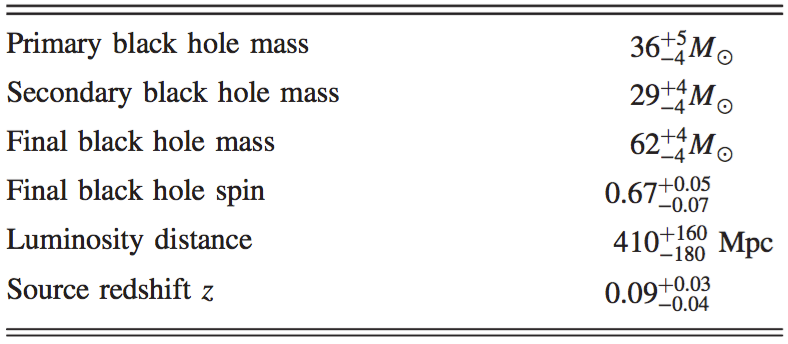
The equivalent of three solar masses — three times the mass of the Sun or a million times the mass of the Earth — were converted into pure energy via Einstein’s E = mc^2. But unlike starlight, this wasn’t converted into electromagnetic radiation, but rather gravitational radiation, and this is the first time we ever saw one. The way we found it was absolutely fantastic. You see, Einstein’s theory predicts that this gravitational radiation will spiral outwards in a predictable pattern, creating a special type of oscillating wave that will send these ripples through space.
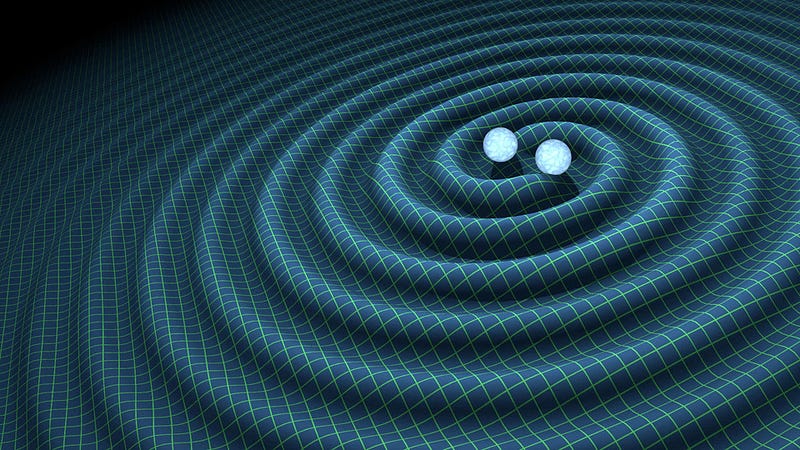
As these ripples pass through any object, including the Earth, they cause those objects to compress and expand, first in one direction, and then the other. The Earth will “wobble” due to these waves, as will all types of matter, radiation, and anything else that exists in the fabric of space.
By constructing two perpendicular lasers in two different locations at two different orientations, you can measure tiny, tiny changes in the path length in those perpendicular directions. This was the fabulous setup of LIGO, and how it was uniquely positioned to measure how these ripples come through space, and what the story is that they tell us about the Universe and what it’s doing.
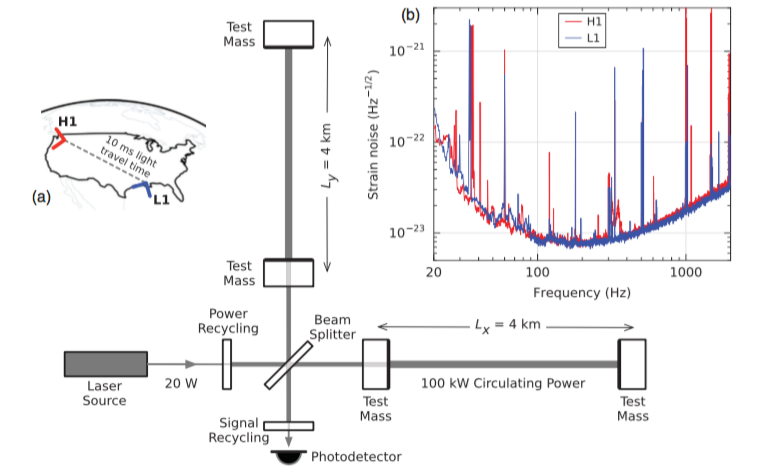
A tremendous amount of theoretical modeling went into understanding this. General Relativity is extremely difficult to calculate in, and so incredibly advanced numerical techniques needed to be developed to calculate what we might see. One of the models that was calculated tremendously well — because LIGO would be sensitive to it and LIGO would also expect 2–4 of these per year — was for two comparably mass black holes, in tight orbit around one another, spiraling in. Here’s what the models expected.
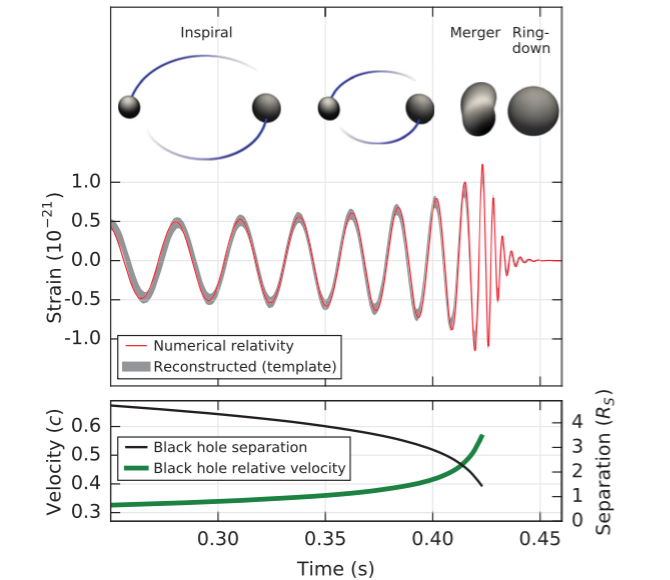
How did they do? Honestly, they did perfectly.
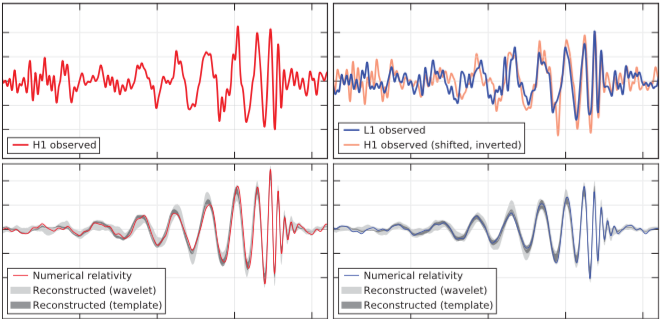
And what we’ve seen, for the first time, is not just one of the greatest predictions of Einstein’s General Relativity, although we did just verify that. And it isn’t just that we took our first step into the world of gravitational wave astronomy, although LIGO will doubtlessly start seeing more of these signals over the coming years; this is as exciting for astronomy as Galileo’s invention of the telescope, as we’re seeing the Universe in a new way for the first time. But the biggest news of all is that we’ve just detected two merging black holes for the first time, tested their physics, found a tremendous agreement with Einstein, and seen evidence that this happens over a billion light years away across the Universe.
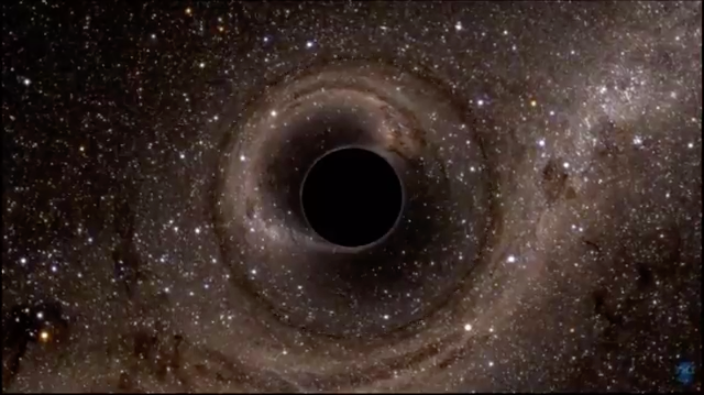
Where there’s one, there’s very likely to be more than one. This is a great step forward, but it’s only the first great step. The Universe is opening up to humanity in a whole new way, and we’re testing for the first time the most extreme gravitational regimes that exist in all of space. It’s an incredible time for science, and an amazing time for us all to be alive!
This post first appeared at Forbes. Leave your comments on our forum, check out our first book: Beyond The Galaxy, and support our Patreon campaign!




